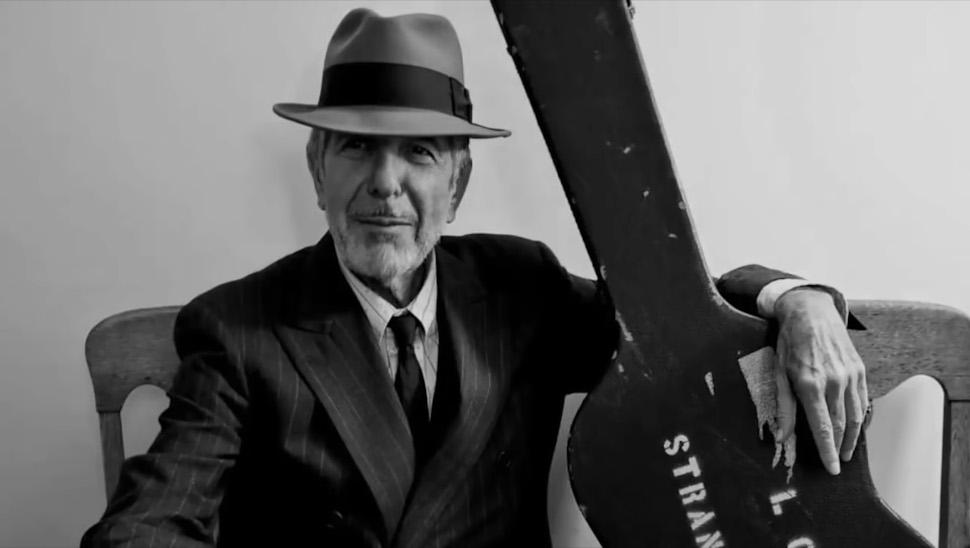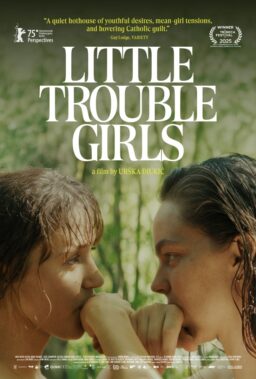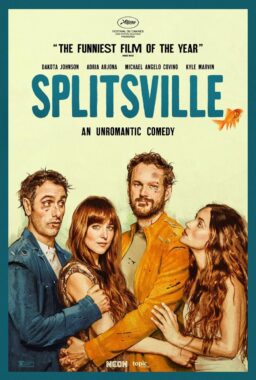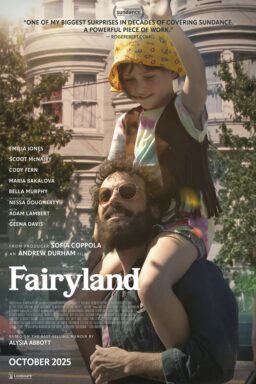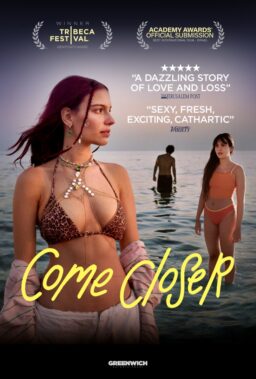Telluride has commonly centered documentaries that celebrate artists, and three of their most high-profile non-fiction films of this unusual year detailed the lives of incredibly influential musicians. I went into these three films expressing my general dislike of bio-docs to my wife. They’re typically structurally flat (“This happened, then this happened, then that happened…”) and often consist of anecdotes or hearsay told via talking-head interviews. Yawn. After watching these three films, I realize that it’s only that I dislike bad bio-docs, and there’s still a lot of life in this form when it’s done this well.
To be fair, “Hallelujah: Leonard Cohen, A Journey, A Song” isn’t a traditional bio-doc in that it highlights a single piece of art more than the artist who made it. However, Dan Geller and Dayna Goldfine’s film really uses Cohen’s masterpiece as the center of a journey through the life, loves, and work of one of the best songwriters of all time. Most songs couldn’t carry the weight of a project like this one—“Hallelujah” isn’t like most songs. Not only has it become one of the most beloved tunes of all time, but it has shifted and changed over the years, becoming a way to read not just Cohen’s career but the way he influenced the entire music industry. Admittedly, I am a huge Cohen fan, so my take on this project could be a little biased, but I found it illuminating in how it pulls Cohen out of the songwriting shadows of his own making and details not only his process but his connections to the music world.
Geller and Goldfine actually take a while to get to “Hallelujah,” serving up a more traditional bio-doc for the first third of the film, striking a tone that feels gentle and intellectual like Cohen himself. There are stories from collaborators like Judy Collins, who speaks on hearing “Suzanne” for the first time, or mega-producer Clive Davis, who drops this gem: “No one walked in his path; he didn’t walk in anybody else’s path.” The picture of Cohen that emerges early in the film is that of someone who was a respected elder right from the start, coming into his folk music scene older than a lot of his colleagues, and with a poetic view of the world.
Cohen was also an obsessive perfectionist, and that feeds into the creation of “Hallelujah,” a song he worked on for years, reportedly revising over a hundred verses until it was just right. And then, notoriously, revising it again, from its original recording, which bombed, to live shows where the song took on much different, sexual tone. Most of the covers over the years have even altered it further, taking part of the first version and part of the second—believe it or not, the “Shrek” version which made the song popular for a new generation is its own hybrid, and often that is now one of the most-covered. The song has had life, changing and shifting depending on the time and the performer.
I loved the music history aspect of “Hallelujah” in that it doesn’t really exist without a line that can be drawn from Collins to Ratso Sloman to Bob Dylan to John Cale to Jeff Buckley to Brandi Carlisle and so on. The film starts to drag a bit in the last half hour of a two-hour run time, but its still a rousing portrait of the power of expression, something that Leonard Cohen perfected more than most songwriters that ever lived.

I was less of a hardcore fan of Lou Reed and John Cale, and yet that didn’t detract at all from my enjoyment of Todd Haynes’ excellent “The Velvet Underground,” which will premiere on Apple TV+ next month. How do you tell the story of an avant garde band like The Velvet Underground in the traditional format of the bio-doc? The answer is, of course, that you make an avant garde documentary, one that captures a very unique band in a very unique way. There are still lengthy interview segments in Haynes’ film, but anyone who thought the director of “Superstar: The Karen Carpenter Story” and “I’m Not There” would make a typical music doc clearly doesn’t know his work.
From the beginning, Haynes attempts to make a piece of art that doesn’t just chronicle the history of The Velvet Underground but reflects their creative spirit. He’s constantly shifting the frame size and location. For example, in the early part of the film, close-up footage of a subject like Lou Reed or John Cale being silent and nearly still loops on one half of the frame while archival footage unfolds on the other that details or accessorizes what’s being heard in interview footage. It can be hard to wrap your brain around. And that’s just the beginning. Interviews will take up two-thirds of the frame, leaving the left part black, just because. It leads to a constant re-orientation as a viewer, not unlike what the band was trying to achieve through their music for listeners.
Haynes makes brilliant choices throughout “The Velvet Underground,” from the archival imagery he chooses to accompany the story of a very unusual band, to his emphasis on process and collaboration. The film really opens up when Cale and Reed meet Andy Warhol, which, of course, changed music history. It becomes a work about what emerges from artistic communities and how that sense of support and collaboration can produce the kind of genius that ripples throughout the years (hearing Jonathan Richman speak of the band’s influence on him is a delight). It’s a smart, creative piece of filmmaking. Perhaps the best thing I can say about it is that I really think Lou Reed would have dug it.

Finally, there’s Douglas Tirola’s “Bernstein’s Wall,” a tender and intellectual study of another of the most important musical figures of the 20th century, Leonard Bernstein. Using almost nothing in terms of interviews other than Bernstein’s own voice, recorded at different points but (I think) mostly in the late ‘70s, Tirola unpacks the life of a very complex man, a genius who hid his sexuality for most his life and also became a surprisingly vocal proponent for social change. Bernstein’s narrative spans from World War II to the fight to stop the Vietnam War, and frames Bernstein in a way that enriches his offerings to the world of music by revealing how passionate and outspoken he was on other stages too.
However, Tirola doesn’t lose what really drove Bernstein and that was the fact that he was a musical genius. Watching him conduct is like watching a master painter put brush to canvas. There’s something almost impossible about it. We watch people play sports or instruments, and we can kind of understand the mechanics, but master conductors do something that’s almost harder to define, something that feels transcendent.
I also admired that Tirola’s film tries to match the elegant flow of a piece of music, sliding in and out of chapters of Bernstein’s life like a symphony with grace and beauty. Ultimately, it’s just a pleasant time spent with an eloquent and insightful man, captured in a film that does justice to his legacy.

